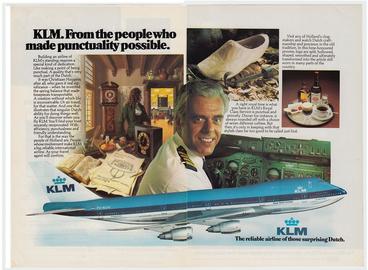35 years ago, two 747s collided at Los Rodeos Airport killing 583 people, making it the deadliest accident in aviation.
On March 27th, 1977, a Pan American 747-100, “Clipper Victor” with registration N736PA, left John F. Kennedy Airport (JFK) in New York bound for Gran Canaria Airport at Las Palmas on the Canary Islands. Meanwhile, a KLM 747-200B, “Rijn” (The Rhine) with registration PH-BUF, left Amsterdam’s Schiphol Airport (AMS) also en route to Gran Canaria Airport.
At 1:15pm a bomb exploded at Gran Canaria Airport by the separatist group Fuerzas Armadas Guanches. They had called in the bomb and as such the airport was closed, the two jumbo jets were diverted to Los Rodeos airport on the island of Tenerife.
Both aircraft were parked at a holding area just next to the opposite end of the runway that they would need to take off from. When the terrorist threat at Gran Canaria Airport had subsided, the KLM and the Pan Am flights were cleared to resume their journeys to their original destination. The KLM flight, Captained by Jacob Veldhuyzen van Zanten (seen in KLM marketing literature below), was told to taxi the full length of the runway, perform a 180º turn and wait for take off clearance. The Pan Am jet was told to taxi most of the way down the runway behind the KLM plane but leave the runway at taxiway C3. A dense fog had descended on Los Rodeos Airport.

The Collision
Upon reaching the far end of the runway and turning the enormous (and now, fully-fuelled) 747 around, Captain van Zanten released brakes and pushed the throttle levers to take off power. The Pan Am 747 was still taxiing down the runway towards their taxiway exit.
Captain Victor Grubbs on board the Pan Am 747 applied full throttle and tried to turn onto taxiway C4 and avert disaster. There wasn’t enough time.
The KLM 747 burst through the side of the Pan American aircraft, flew for a few hundred yards before hitting the ground just beyond the runway and bursting into flames. Survivors from the Pan Am jet jumped off the wings in search of safety, however, the equipment connecting the cockpit to the engines had been severed and the engines were still running at full power. They quickly started to disintegrate and high-speed shrapnel killed a flight attendant who had jumped from the wing.
After the collision became apparent, KLM tried to contact their preferred pilot for marketing duties, only to discover that he had been at the controls of their 747 in Tenerife.
A number of safety protocols and features have resulted from the Tenerife Airport Disaster. These include greater use of Ground Radar, more stringent syntax for radio communication and changes to ‘Crew Resource Management’ or CRM, which now emphasises mutual agreement and questioning of actions instead of the Captain having full authority over everything.
More information available, as ever, on Wikipedia.
